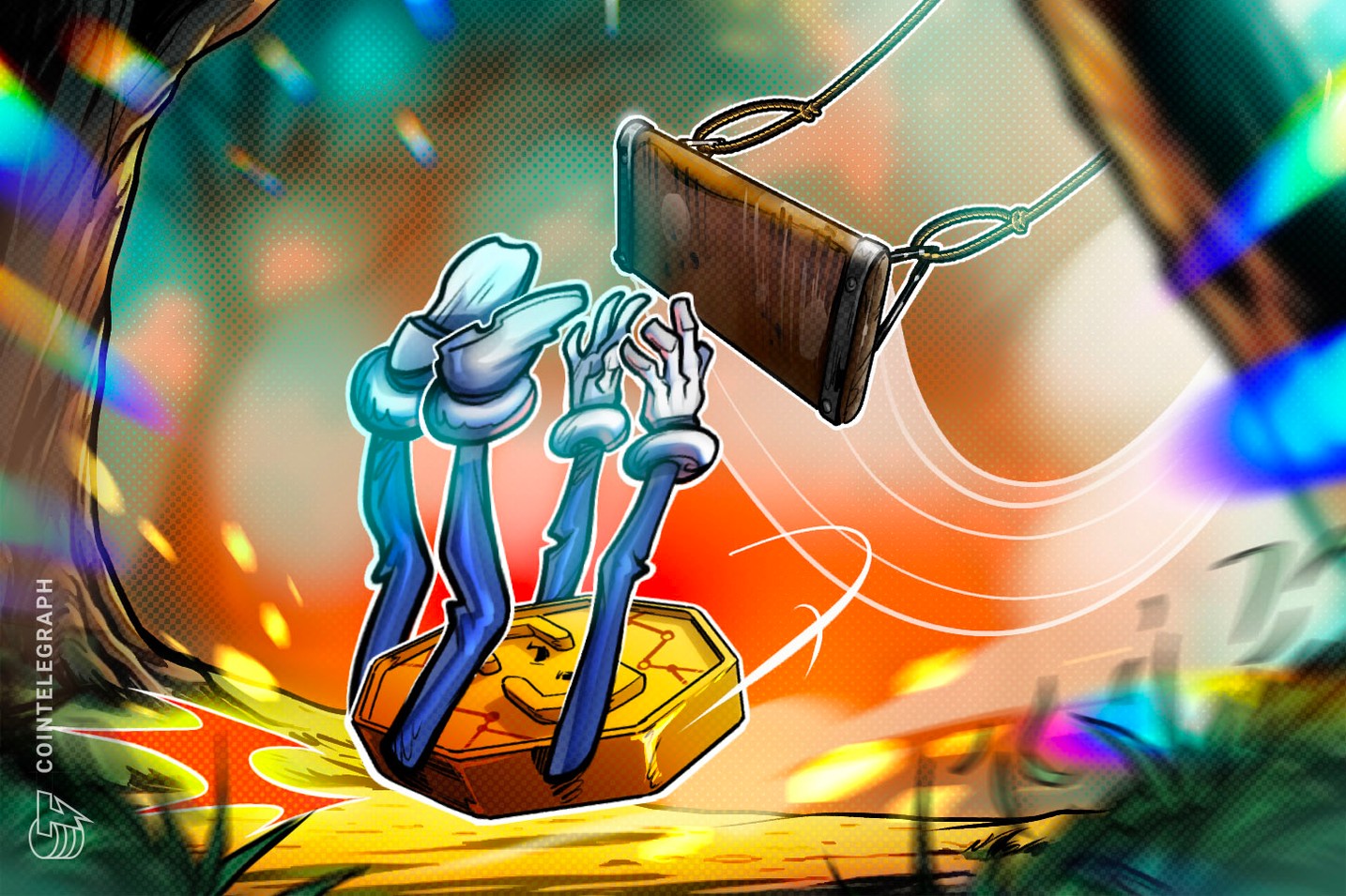
Revealing Insights from Orderbook Data on USDE's Market Collapse
A significant vulnerability in Binance's oracle system is linked to a record-breaking market crash involving $19 billion in liquidations. This analysis delves into the recent trading anomalies observed in the USDE trading pair.
On October 10, a critical vulnerability within Binance’s oracle system was identified as a contributing factor to a market collapse that marked the largest liquidation event in cryptocurrency history, totaling a staggering $19 billion. Cointelegraph Research offers an analysis based on newly acquired forensic orderbook data regarding this incident.
The recent crash stands as the most substantial liquidation in the crypto market, surpassing previous notable events like the COVID-19 crash at $1.2 billion and the FTX collapse at $1.6 billion. This unprecedented event not only liquidated vast amounts but also resulted in a significant drop in open interest worth about $65 billion, as reported by CoinGlass.
Investigators have concluded that the incident resulted from susceptible pricing oracles within the Binance exchange. Specifically, a trio of pegged tokens—USDE, bnSOL, and wBETH—were valued incorrectly due to the reliance on Binance’s internal data rather than external oracles. This left users vulnerable to liquidation amid market fluctuations.
Suspicion arises that this vulnerability might have been leveraged during a deliberate attack on the same day, particularly affecting USDE, which saw liquidations of nearly $346 million, in contrast to wBETH and bnSOL with $169 million and $77 million, respectively. Observing a massive removal of buy-side liquidity in stablecoin trading pairs raises substantial concerns.
Using meticulously gathered data from our associates at Rena Labs, a market analytics firm specializing in AI, Cointelegraph Research scrutinizes the abnormal trading activities surrounding the USDE/USDT pair.
A Major Liquidity Breakdown
Rena’s detection system captured one of the most severe market disruptions ever recorded in stablecoin trading, noteworthy given that trust in USDE’s collateral had remained stable. Nevertheless, professional traders pulled liquidity sharply from this trading pair for reasons including automated risk assessments, prompting them to withdraw their exposure.
Before the crash, the total liquidity for USDE stood at $89 million, with buy and sell orders well balanced. However, between 21:40 and 21:55 UTC, liquidity plummeted by almost 74% to around $23 million. By 21:54, market depth was nearly non-existent, plummeting to just $2 million as market-making activities ceased. Consequently, bid-ask spreads skyrocketed to 22%.
The integrity of the market was severely compromised in this downturn. Trading volume soared by a staggering factor of 896, while ask-side depth diminished by 99%, resulting in USDE’s price plunging to $0.68 on Binance, yet maintaining its peg on alternative exchanges.
During this crisis, the trading activity surged nearly 16-fold, reaching nearly 3000 trades per minute, predominantly driven by panic selling and forced liquidations.
Signs of Unusual Market Behavior
Rena’s anomaly detection system identified strange market behavior ahead of the liquidity crisis, highlighting 28 anomalous events at around 21:00 UTC—four times the rate of the previous hour. These anomalies encompassed unusual activity spikes in volume, prices, and trading intensity, revealing signs of potential spoofing.
The order book presented three distinct rounds of substantial orders just before the liquidity issue struck, suggesting premeditated trading behavior occurring as the price of BTC started to decline.
Ultimately, this scenario underscores the enduring vulnerabilities and high leverage levels present in the crypto landscape, where cascading liquidations can dismantle what might seem to be secure trading positions. The market for many tokens, similar to drawdowns of nearly 99% seen in some altcoins, indicates a lack of organic demand, necessitating larger market makers for stability.



